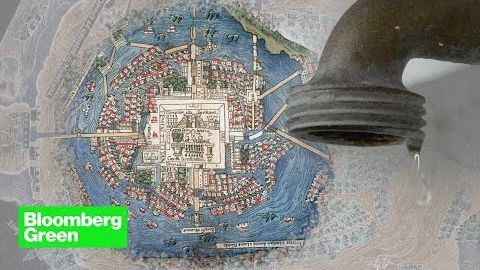一个建在水上的城市快要用光了(A City Built on Water Is Running Out of It)
joey joey 發佈於 2021 年 05 月 17 日  沒有此條件下的單字
沒有此條件下的單字US /ɪnˈkrɛdəblɪ/
・
UK /ɪnˈkredəbli/
- adv.令人難以置信的是;難以置信地;非常地;令人難以置信地
US /ɪnˈkrɛdəbəl/
・
UK /ɪnˈkredəbl/
- adj.難以置信;偉大的;令人難以置信的;難以置信的
US /sɪɡˈnɪfɪkənt/
・
UK /sɪgˈnɪfɪkənt/
US /əˈpærəntlɪ/
・
UK /əˈpærəntli/

